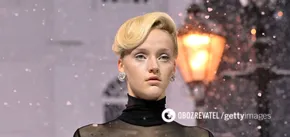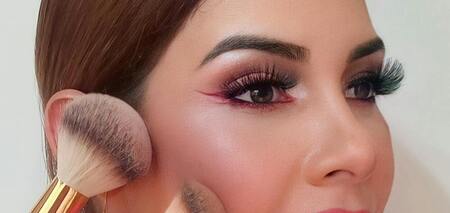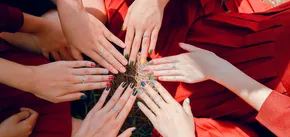Lifestyle
There will be a lot of currants: how to feed the bushes for a better harvest
Currants are one of the best sources of vitamins on the summer table. But a berry that is not properly cared for can grow small and sour, and be tasteless.
Experienced summer residents know how to fertilize the plant to get a rich harvest. OBOZ.UA found out how to properly apply different types of fertilizers to feed currant bushes.
Organic fertilizers
Organic fertilizers include compost, manure, humus, litter, etc. Such fertilizers improve the structure of the soil, stimulate the development of beneficial microorganisms and increase the humus layer. Organic-enriched soil retains water better and allows air to pass through.
For currants, the best organic fertilizer is a semi-rotted mullein. Aged chicken or pig manure is also suitable. It is advisable to compost such fertilizers with straw. Adding organic matter before planting currant bushes covers the plant's nutrient needs for the next 3-4 years, but you will need to make sure that the fertilizer is never fresh - fresh manure can damage the currant's roots.
Green manure
Green manure plants saturate the soil with nutrients in the most natural way possible. They are sown in the area under the garden bed, mowed before the "green fertilizer" blooms, and dug into the ground, where they naturally decompose, providing food.
If you are planning to plant young currant bushes in the spring, then green manure grasses should be planted and plowed in the fall. Those who plan to plant the berry in the fall season are advised to cultivate the land with green manure a few weeks beforehand.
Mineral fertilizers
It is optimal to start applying mineral fertilizers to the currant bed in the third or fourth year after planting. But this is if you fertilized the plant sufficiently during planting.
If your berries need additional nutrition in the early stages of growth, then give preference to NPK fertilizers, which are applied when the shoots of the bushes reach 8-12 cm in length. Such products are scattered on the bed according to the instructions and mixed with a layer of soil to a depth of 10-12 cm.
Currant bushes that grow on low-humus soils should be fertilized with mineral fertilizers annually. In the spring, pay attention to nitrogen fertilizers, and during the period of ovary formation, ammonium nitrate, superphosphate, and potassium magnesium.
Phosphorus fertilizers are needed for currants to form the root system. The most common are superphosphate and ammophos. Humus also contains a lot of phosphorus. If you have used it, you can skip fertilizing with phosphorus. You can determine the lack of this element by the appearance of small dark green leaves on the bush, sometimes with a purple tint. The fruits on such currants will be small and sour.
Potassium is involved in the formation of flowers and fruits, so it is important to take care of it in the spring. This element is found in sufficient quantities in potassium magnesium or potassium nitrate. Its lack can be determined by small leaves on the bush and a small number of new shoots. The edges of the currant leaves turn yellow and dry out with this deficiency. If there is a severe lack of potassium, the leaves will fall off.
Nitrogen is key to the growth of any plant. It is also an element that easily disappears from the soil. Therefore, ammonium nitrate, urea, and nitroammophoska should be applied regularly. Nitrogen deficiency can be identified by the red color of the petioles. But its excess leads to excessive growth of green mass. Nitrogen fertilizers are applied during the growing season, when plants grow most actively.
Subscribe to the OBOZ.UA channels in Telegram and Viber to keep up with the latest events.



























